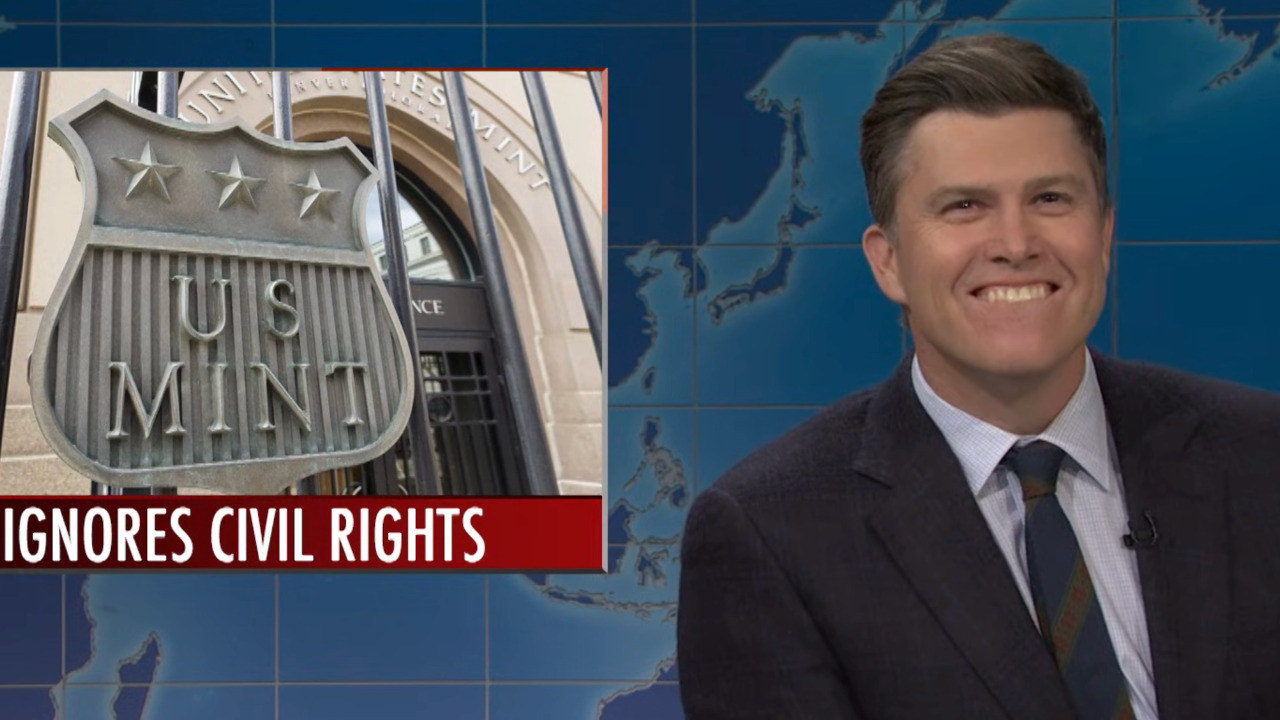How Bending In Avatar: The Last Airbender Works
Water, Earth, Fire, Air. Let's talk about bending.
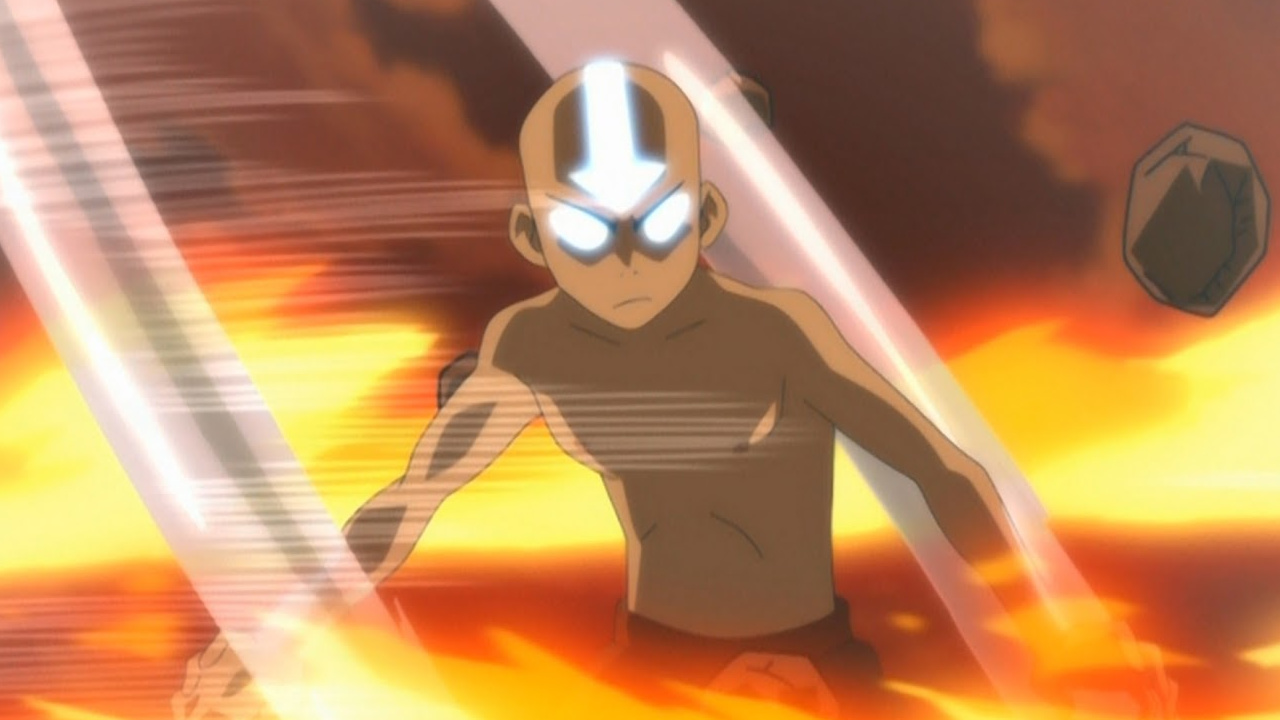
From gliding through the air to creating fire and lightning with the flick of a hand, bending an element in the world of Avatar: The Last Airbender is what gives characters their superhuman abilities. In this world, people are either Earth, fire, water or air benders, except the Avatar who can bend all four, and their powers are one of the major reasons why this fantastical world is so unique.
So, considering the love for the animated Avatar and The Legend of Korra series, and the release of Netflix’s live-action Avatar: The Last Airbender on the 2024 TV schedule, it’s time to do a deep dive into bending and how it works.
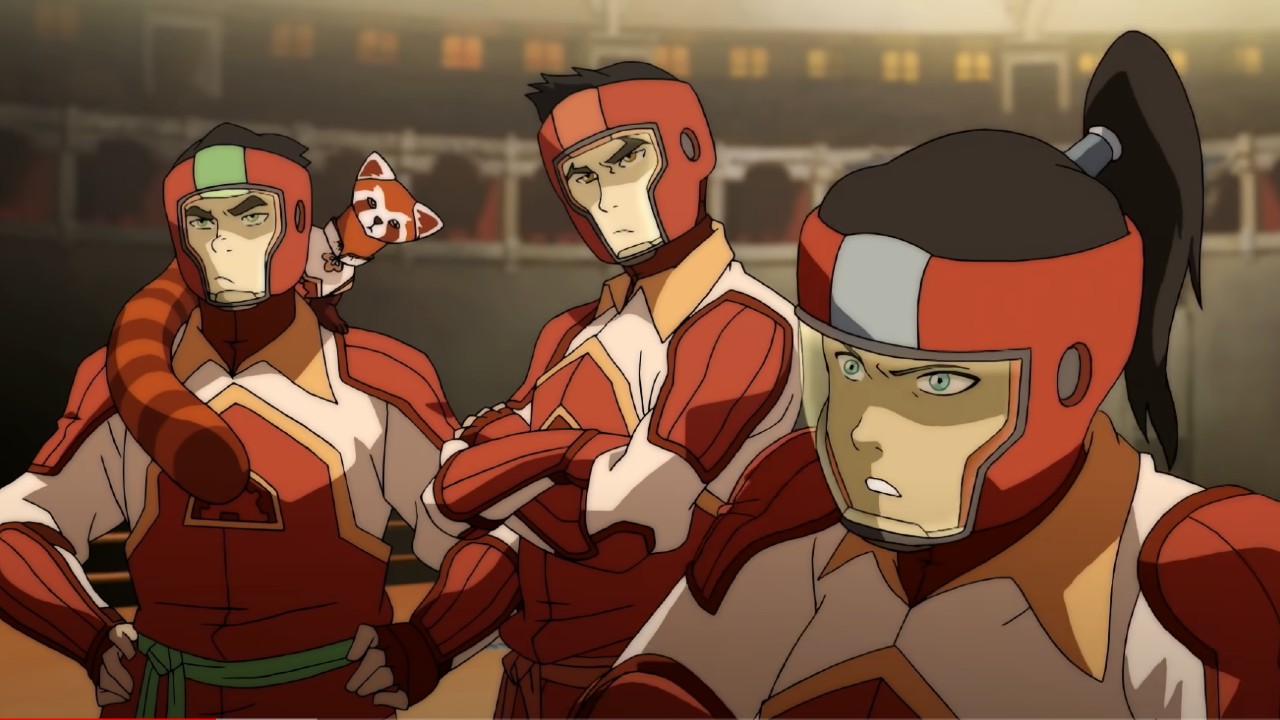
How Do Benders Get Their Powers, And Why Can’t Everyone Bend?
When someone is born in the world of Avatar, they either have the ability to bend an element or they don’t. It’s as simple as that.
Benders typically have a family member who can also bend, and the genetics are passed down. Take the Fire Nation’s royal family for example, Fire Lord Ozai is a firebender, and both his children, Azula and Zuko, are also benders like him.
However, in other families, whether the parents can bend or not, it’s possible to have one kid who can bend and another who can’t. That’s the case for Sokka and Katara. While Katara becomes a master waterbender, Sokka is not able to bend elements.
In the beloved Legend of Korra it’s also established that if two benders of different elements have kids, their children will inherit the ability to bend one or none of the elements their parents can manipulate. In this show, two of the leads, Mako and Bolin, are brothers, and their father is an Earthbender while their mom is a firebender. That is why Mako inherited the ability to firebend and Bolin received the ability to Earthbend.
According to The Last Airbender’s creator Bryan Konietzko, per ScreenRant, the mystery as to who gets abilities and who doesn’t is supposed to be ambiguous. However, it is related to spirituality in a way, as he said:
Your Daily Blend of Entertainment News
So yeah, there were these notions we kicked around that it wasn't going to be regimented or ruled through specific lineages. We liked the idea that each of the cultures have a different spiritual vantage point... coming at it from a different angle.
Basically, when it comes to how benders get their powers it all comes down to genetics, and the ability is passed from generation to generation, and it can skip them too. The exception to this, of course, is the Avatar, as that ability cycles through the four nations with one person being born with the abilities, it’s not inherited.
Now, that we know how these powerful people get their abilities, let’s dive into how these powers work.

How Airbending Works
Airbenders, or air nomads as they’re more commonly known, have the ability to manipulate air, and they use it to fly, create movement and whip around the wind. Through airbending, they are able to fly on gliders, move faster than most benders and manipulate the air around them. These benders are more agile than others, they’re incredibly nimble and light on their feet. According to Sifu Kisu, per Men’s Health, who developed the fighting styles for benders on the animated show, the nomads' fighting style is similar to Bagua.
These benders are also more spiritual than others, hence the name air nomads. Along with Aang, who is in touch with the spirit world because he’s the Avatar, some airbenders can do spiritual projection, like Jinora in Legend of Korra. They can use this ability to move to a location they might not be able to physically get to, and they can find people whom they share a strong bond with.
At the start of this story, there’s only one airbender in the regular cast of Avatar: The Last Airbender, because when Aang wakes up from 100 years of being frozen, he learns that his fellow air nomads have been eradicated by the Fire Nation. However, in Legend of Korra, we learn that Aang has passed on his abilities to his child and grandchildren, which means there are more air nomads once again!

How Firebending Works
Creating and controlling fire is the power of a firebender, and it’s the most chaotic element in the Avatar universe. As master firebender Jeong Jeong said:
Fire is alive. It breathes, it grows. Without the Bender, a rock will not throw itself! But Fire will spread and destroy everything in its path if one does not have the will to control it!
However, as the Sun Warrior Chief said, “fire is life, not just destruction.” Finding this balance, and learning to accept and hone in on the power of fire is something Prince Zuko struggles with throughout Avatar: The Last Airbender, and it’s the hardest element for Aang to master.
Similar to Northern Shaolin fighting, according to Kisu, firebenders fight in a “very strong” and “dynamic” way. There’s a lot of power behind their moves as they wield flames.
Master firebenders are also able to bend lightning or blue fire, which we see Azula do in The Last Airbender. Along with that, some people are combustionbenders, which means they can create an explosion within their line of sight.
Like dragons, firebenders are incredibly powerful and graceful, and their ability to help or harm is overwhelming.
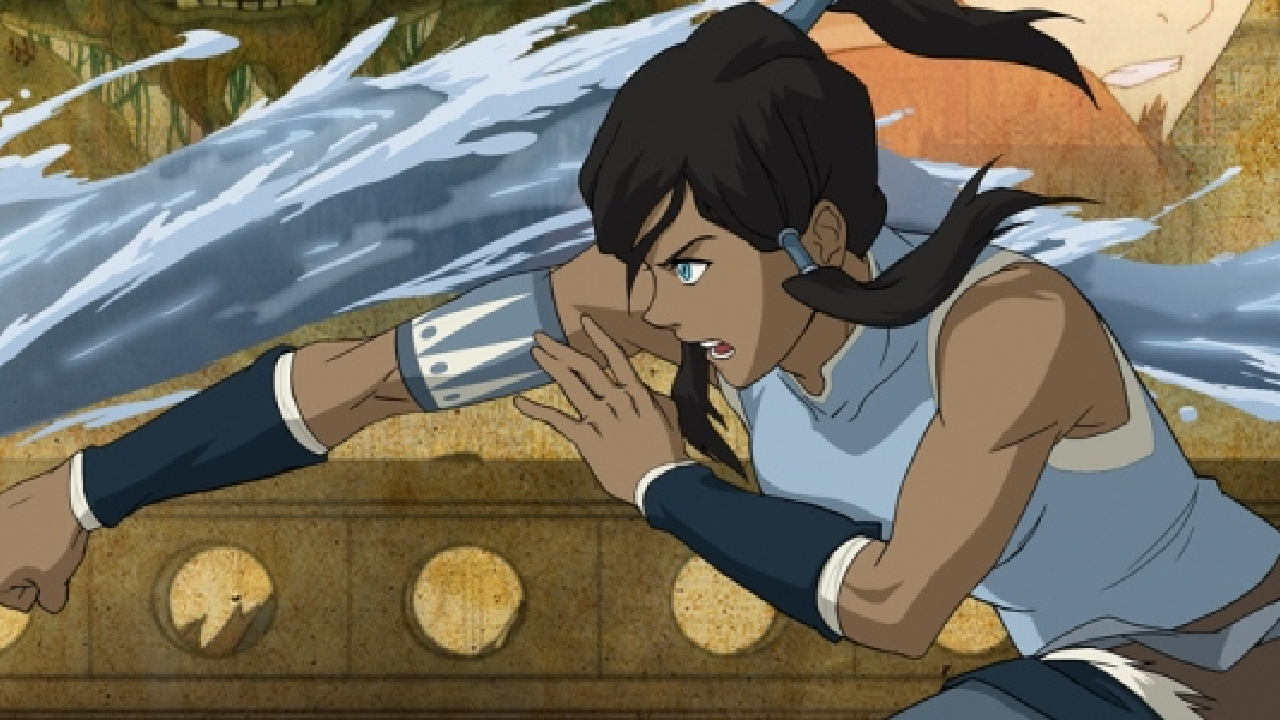
How Waterbending Works
Waterbending, which mirrors Tai Chi, according to Kisu (from the Men's Health article), is the most fluid type of bending, which makes sense, because water is the most fluid element. As you can see throughout Katara’s journey in The Last Airbender, as long as she has water on her or can find it, her power is immense.
Along with manipulating water in its liquid state, waterbenders can also turn it into ice and work with mist.
Master waterbenders can go even further than simply manipulating H2O too. Since the human body is 60% water, these benders can heal others by redirecting energy and managing one’s body temperature. There is also a specialized waterbending practice called bloodbending, which is lethal and incredibly powerful.
Living in the North and South Poles of the world, there aren’t many waterbenders, however, they are fully surrounded by their element, and they use water to live, fight and heal.
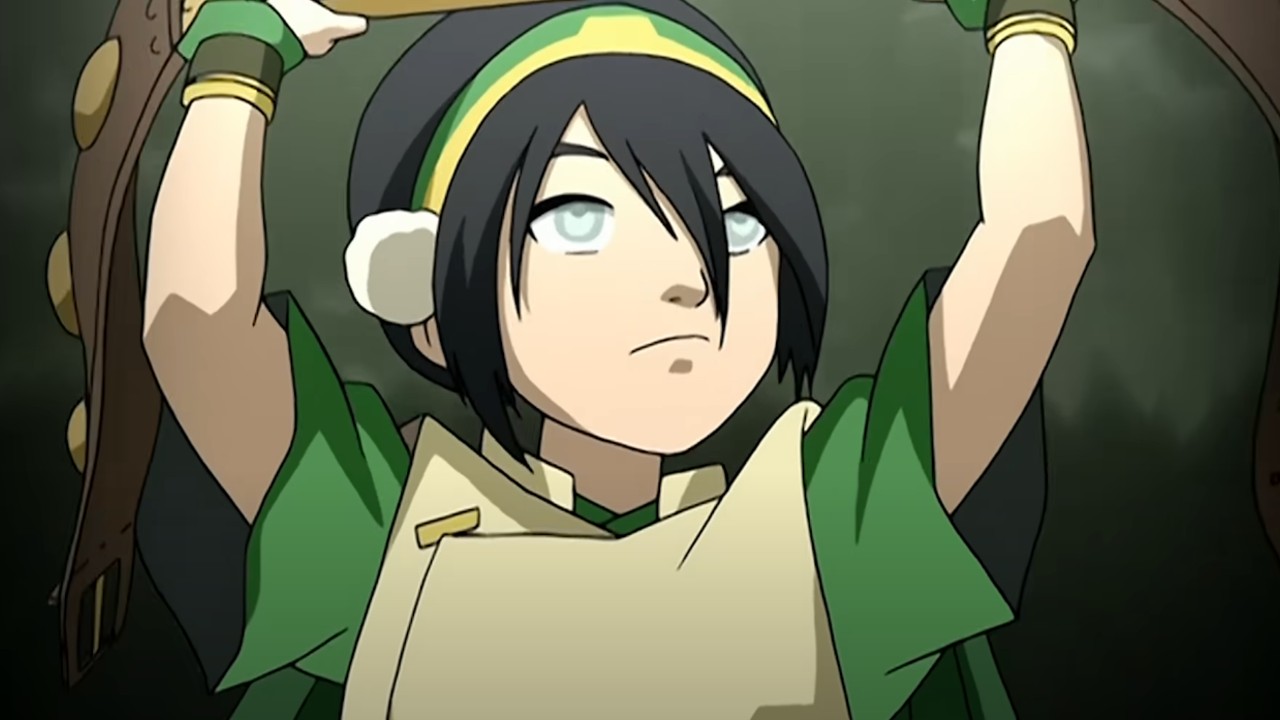
How Earthbending Works
Earthbending is all about being grounded and being able to sense the element. Based in Hung Gar, per Kisu, these benders powerfully ground themselves, and they move quickly with great strength in their movements.
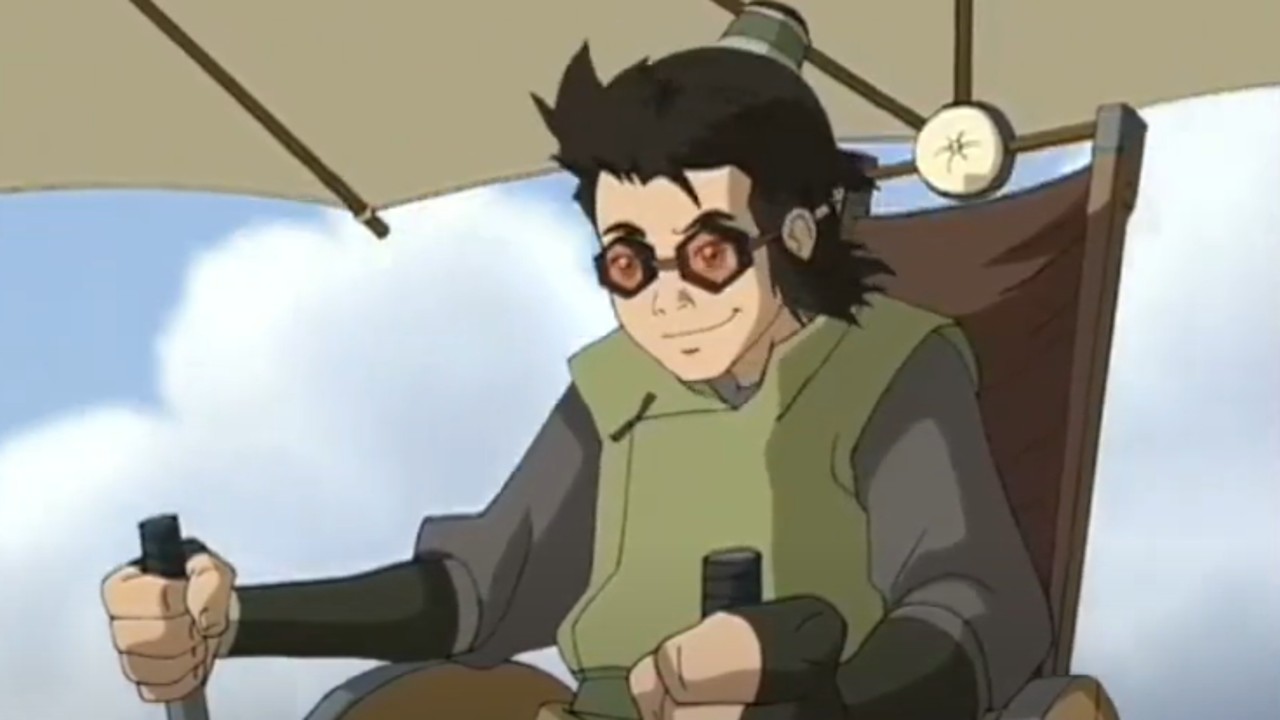
No one demonstrates Earthbending like that better than the mighty Toph, one of the greatest Earthbenders and Aang’s teacher. She moves confidently, and she is very firm in her stance. However, she’s also powerful because of how strong her sense of touch is. As a blind woman, her sense is heightened, and she’s able to see the world through touch and Earthbending.
Along with manipulating Earth, masters of this element can also bend metal, lava or sand as well. Like waterbenders, they can work with their element in multiple states, depending on the level of bender they are. Overall, these people have the power to build and break walls, change the topography of a place and easily move Earth.
To see these bending abilities in action, you can stream both the animated Avatar: The Last Airbender and The Legend of Korra with a Paramount+ subscription. Also, both shows are available with a Netflix subscription, which is where you'll be able to watch the live-action series, which is streaming on Netflix as of February 22. So, make sure to tune in to see all the wonderful ways bending works.

Riley Utley is the Weekend Editor at CinemaBlend. She has written for national publications as well as daily and alt-weekly newspapers in Spokane, Washington, Syracuse, New York and Charleston, South Carolina. She graduated with her master’s degree in arts journalism and communications from the Newhouse School at Syracuse University. Since joining the CB team she has covered numerous TV shows and movies -- including her personal favorite shows Ted Lasso and The Marvelous Mrs. Maisel. She also has followed and consistently written about everything from Taylor Swift to Fire Country, and she's enjoyed every second of it.
